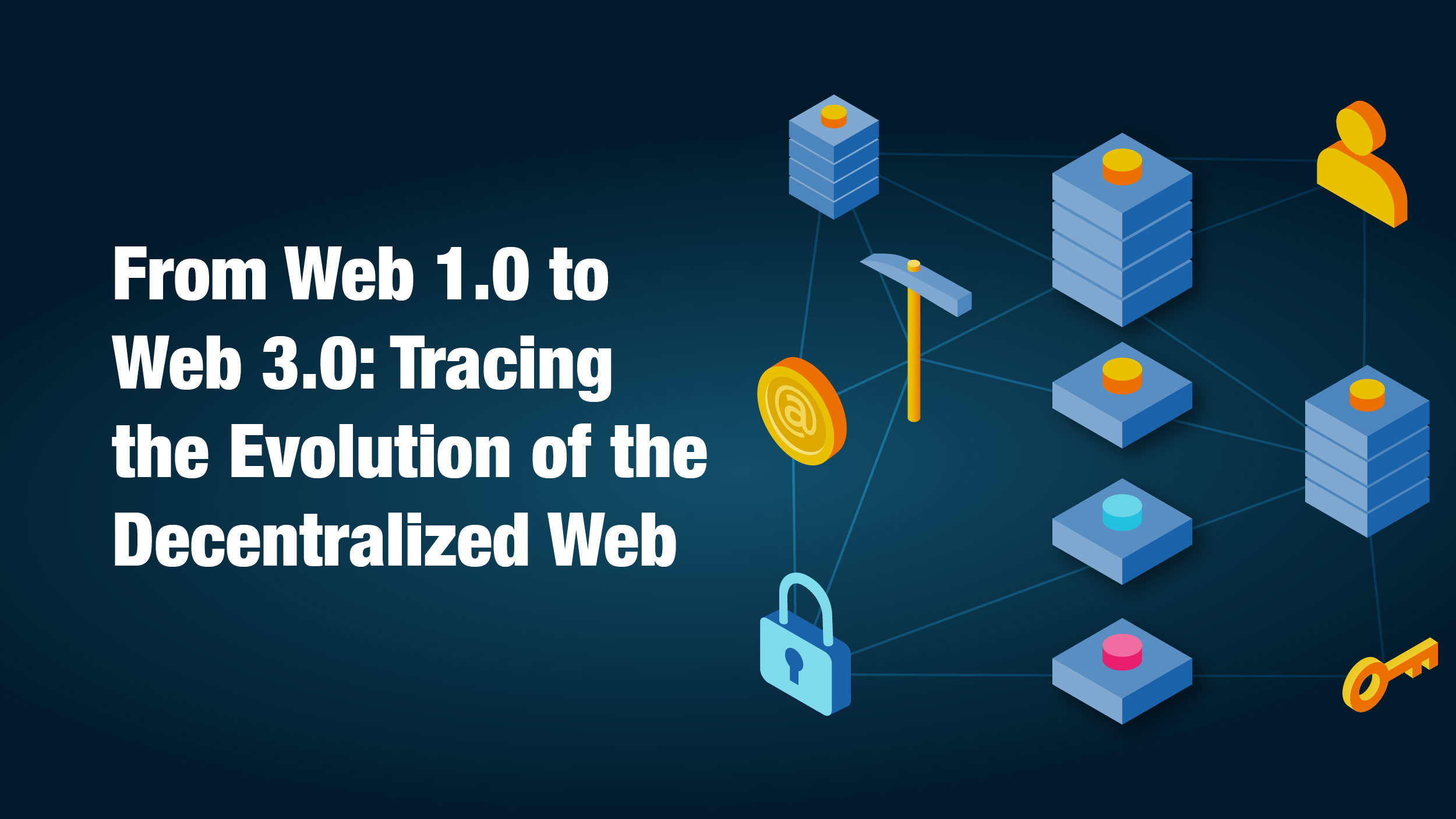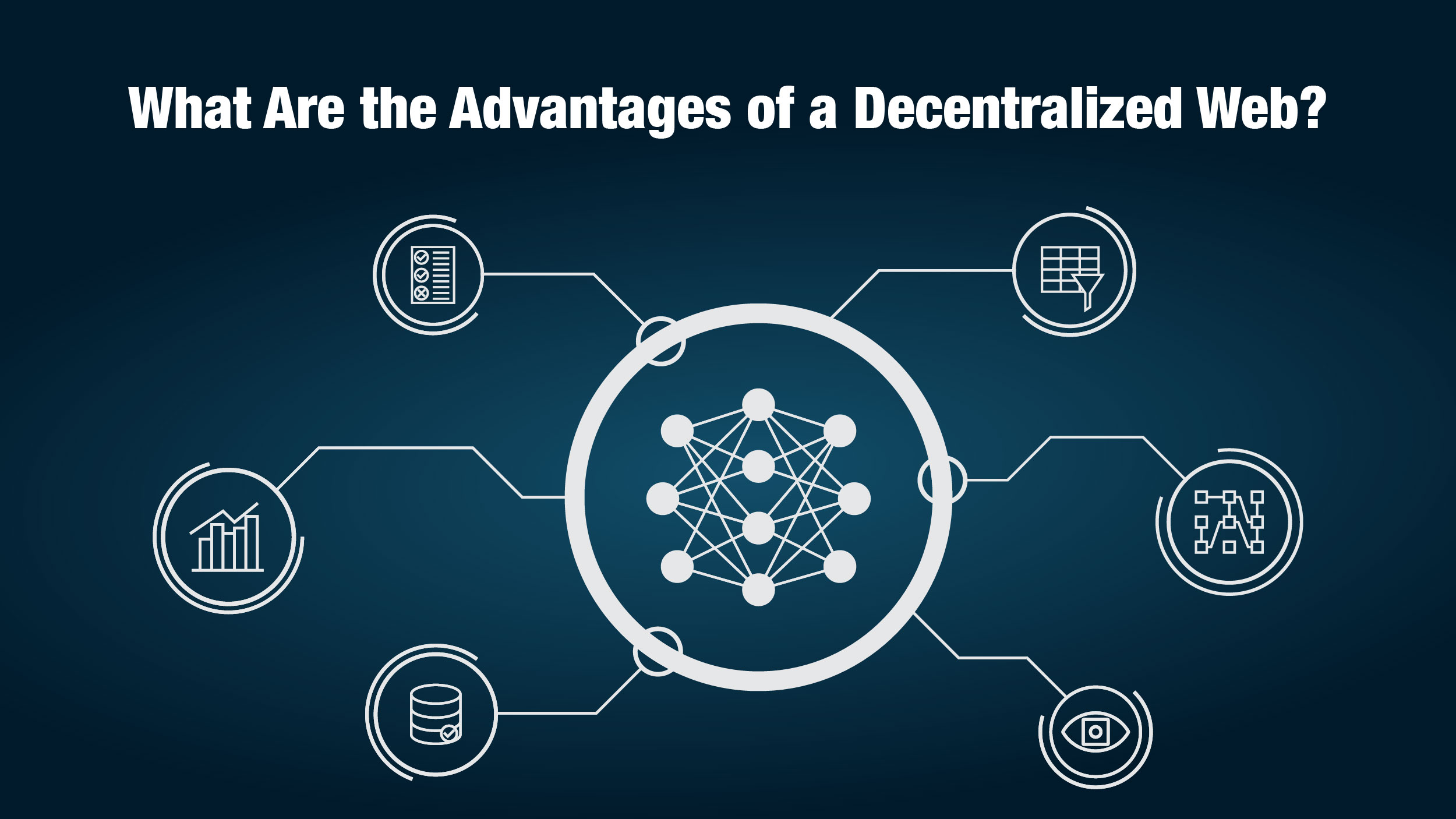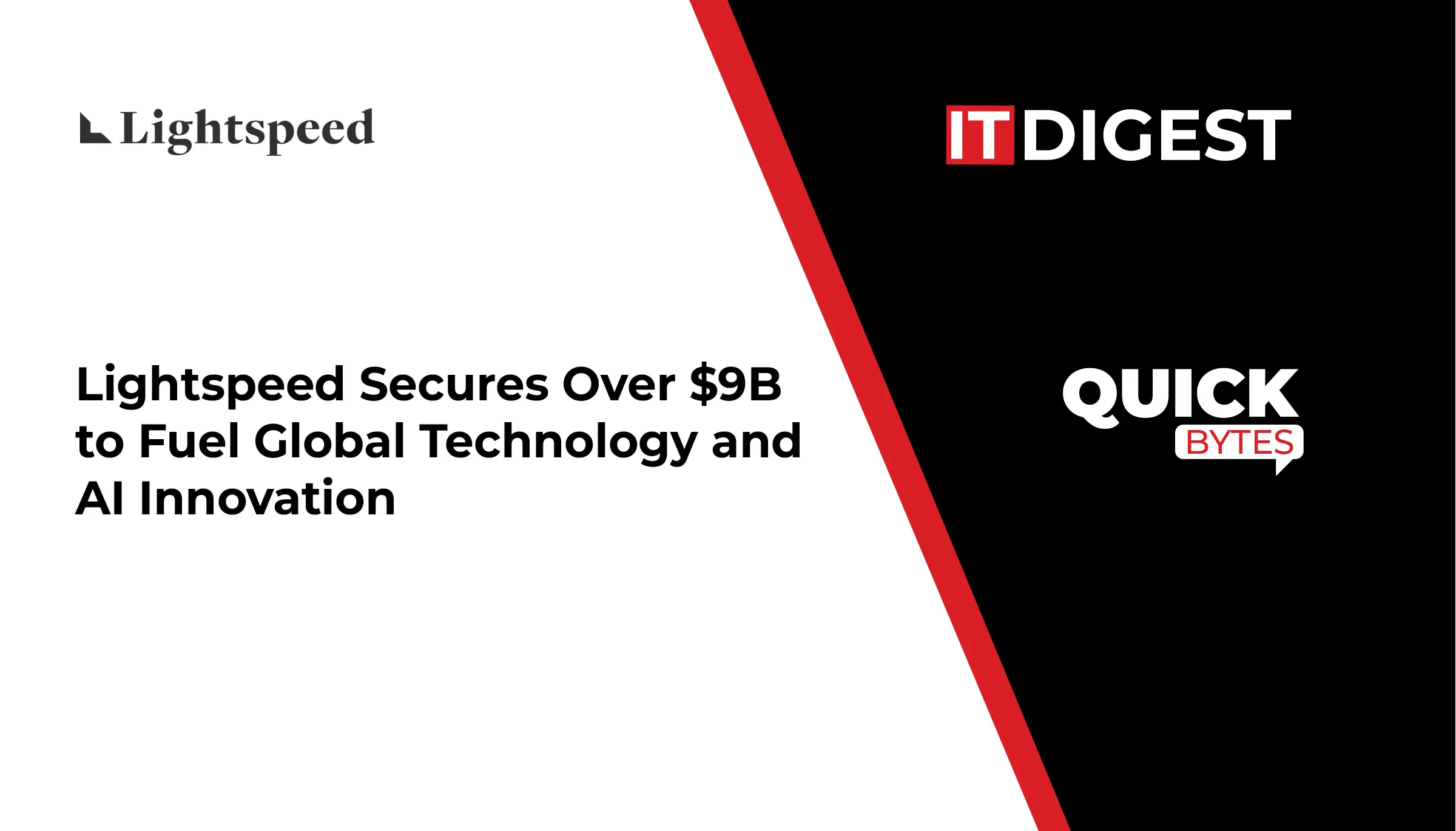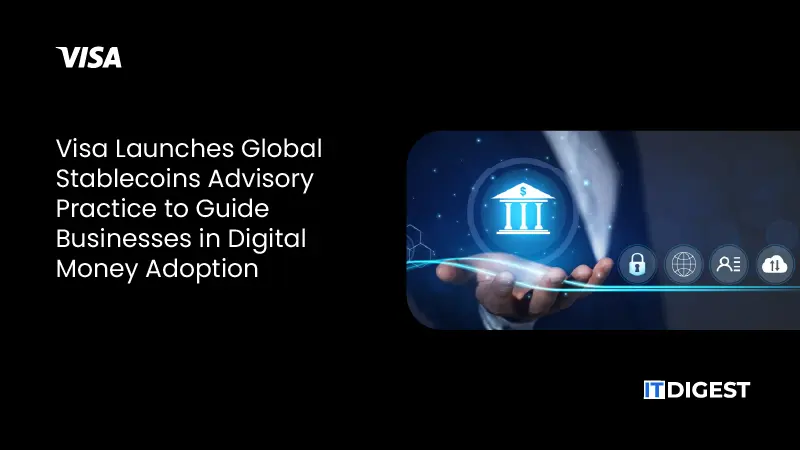Chances are, you’ve come across the term “Web3” before, but what exactly does it indicate?
Web3 is another phrase for the emerging decentralized web. This movement has been steadily gaining momentum as an increasing number of individuals grow disenchanted with the existing centralized online landscape.
Can you envision a realm where your internet usage is both more secure and unrestrained, all thanks to blockchain technology? Web3 extends that very prospect to you.
In this article, we’ll delve into the substantial advantages of this technology, its progression, and precisely what it encompasses.
Let’s get started!
What is a Decentralized Web?
The decentralized web, also known as Web 3.0, refers to a vision of the internet that is built on decentralized and peer-to-peer technologies, rather than being based on centralized servers and services. In Web 3.0, control and ownership of data and services are shifted from centralized entities to individual users.
The technology aims to provide increased privacy, security, and censorship resistance. It utilizes technologies such as blockchain, peer-to-peer networks, and cryptography to enable direct interactions between users without the need for intermediaries. This allows for the development of decentralized applications (dApps), decentralized finance (DeFi), and other innovative services that empower users and promote user-centricity.
From Web 1.0 to Web 3.0: Tracing the Evolution of the Decentralized Web
 Throughout the evolution of the internet, experts have identified three distinct phases that mark its development.
Throughout the evolution of the internet, experts have identified three distinct phases that mark its development.
● Web 1.0: The Static Web
The internet as we know it today emerged in the late 1980s and early 1990s. Back then, websites were mainly static and offered limited multimedia capabilities. Although they were functional, they lacked interactivity. This early version of the web, often referred to as Web 1.0, provided ample information and had basic HTML editing tools that were straightforward but useful.
● Web 2.0: The Interactive Web
In the realm of the internet, the subsequent phase is frequently referred to as the “social” era, wherein advancements in client-side scripting (CSS, JavaScript), server-side scripting (PHP, Python, Ruby), and interactive APIs enable users to engage in real-time posting and chatting with each other.
The emergence of social media platforms such as Facebook and Twitter was a direct result of these advancements. Furthermore, with the increasing number of individuals who grew up with the internet, eCommerce and advertising experienced a tremendous surge, while the Google search engine also came into existence.
● Web 3.0: The Decentralized Web
Web 2.0 heavily depended on the client/server model, where real-time queries to databases played a vital role in enabling interactive features for social media. Web 3.0 builds upon these advancements and aims to expand them to more decentralized environments. Users are seeking innovative peer-to-peer (P2P) technologies that offer both freedom and security, moving away from centralized systems.
Web 3.0 has emerged as a new way of connecting, sharing data, and developing applications in response to the dominating presence of mega-platforms, such as Google, Facebook, and Apple.
In today’s technological landscape, both individuals and businesses are seeking alternatives to disentangle themselves from the dominance of large tech companies without compromising on functionality. At the same time, individuals seek greater choices in managing their data and determining how it is shared and utilized in both their professional and personal spheres.
Mechanics of Decentralized Web
The decentralized web refers to a network of privately owned and autonomous systems, such as devices and computers, that enable access to secure and confidential information. Unlike traditional web structures, where computers act as servers and lack independence, in Web 3.0, computers function as nodes and play a role in verifying the accuracy of the information being accessed.
This web operates on a blockchain system, like the Ethereum Network, and its interactions. This means it benefits from the same cryptographic verification that underpins all other elements on the blockchain. Consequently, the utilization of Web 3.0 follows a similar path to that of cryptocurrency and NFTs, leveraging the distributed ledger of the blockchain.
What Are the Advantages of a Decentralized Web?
 The decentralized internet offers numerous advantages to its users.
The decentralized internet offers numerous advantages to its users.
First, users experience enhanced privacy and security when utilizing decentralized technologies. In contrast to the centralized web, where users lack control over their data and platform owners exercise authority over its usage, decentralized systems prioritize user privacy. In the centralized model, data is exploited for maximum profits without adequate respect for user privacy.
Furthermore, the centralized storage of this data exposes it to the risk of being hacked. Unauthorized individuals may breach the servers hosting these platforms, extracting and exploiting the stored information for malicious activities. On the other hand, the decentralized nature of the web mitigates this concern as the data is distributed across multiple locations, reducing the vulnerability to hacking attempts.
The technology provides an additional advantage by offering users an improved reward system. As opposed to the centralized web, where access is the only reward, the technology allows users to share in the rewards generated from their platform usage. For instance, platforms such as Brave Browser provide users with a portion of the advertising revenue. Furthermore, on the decentralized web, users have the freedom to access and monetize their data according to their preferences. This presents significant potential for content creators and frequent web users.
Decentralized Finance, commonly known as DeFi, is a financial network that operates autonomously, eliminating the need for intermediaries such as banks or exchanges. This system seamlessly incorporates finance into the online realm, particularly within blockchain technology applications, such as gaming or web platforms.
Incorporating DeFi into the decentralized web framework ensures the effective operation of the previously mentioned reward system. To achieve this, specialized applications called decentralized applications (dApps) play a crucial role in various scenarios.
Concluding Thoughts
Web 3.0 represents a promising paradigm shift in the way we interact with and utilize the internet. Its emphasis on peer-to-peer networks, increased security, and user control marks a departure from the centralized model we have grown accustomed to. The technology, with its innovative approach to decentralized web hosting, empowers users with increased control over their online presence and data security. As we witness the development and adoption of blockchain technology, IPFS, and other decentralized protocols, it’s clear that the future of the web is poised to witness a more democratic, resilient, and user-centric transformation.

































